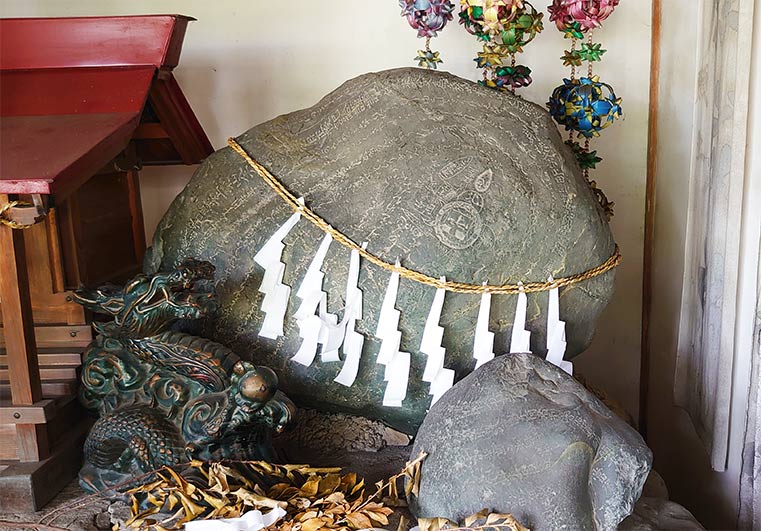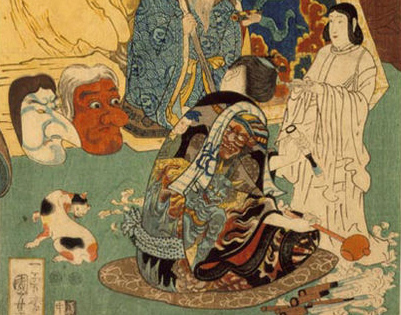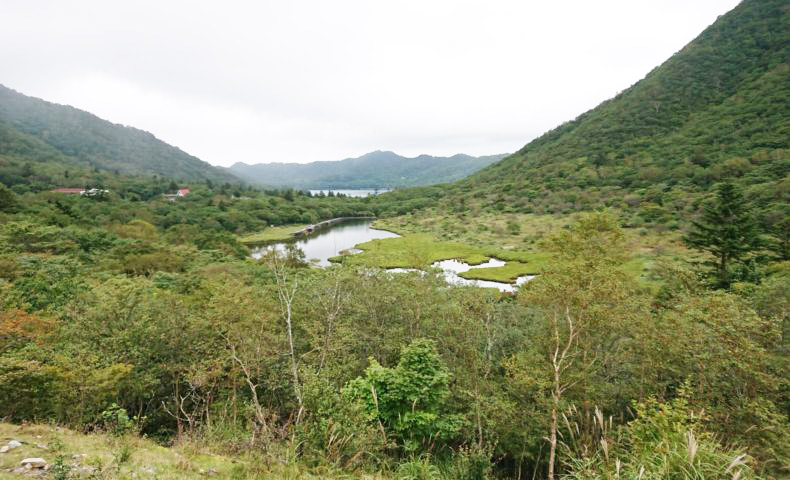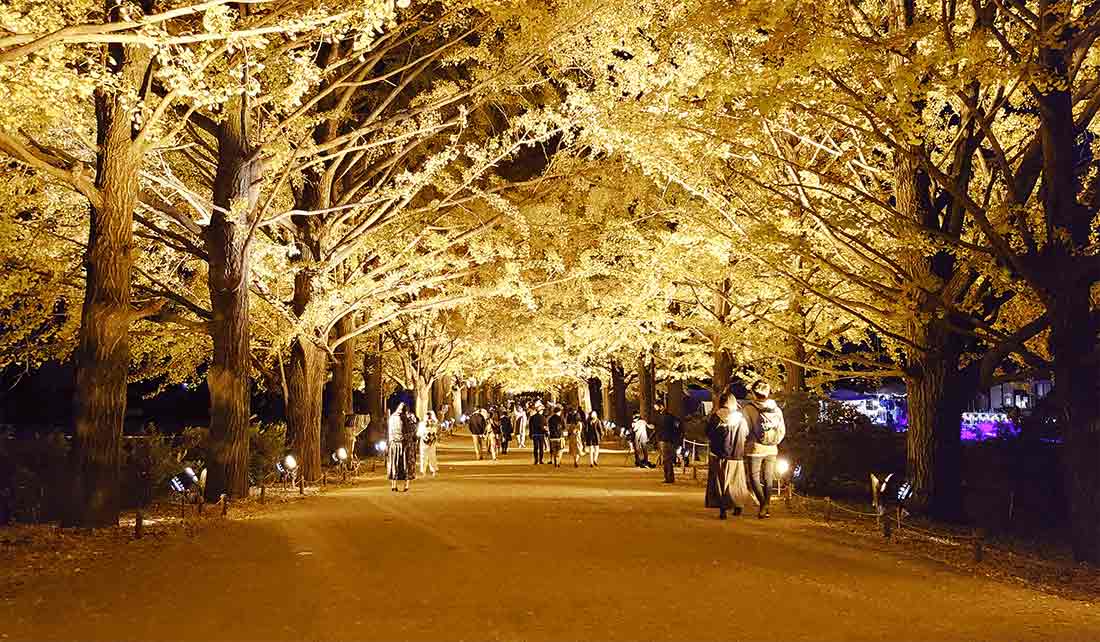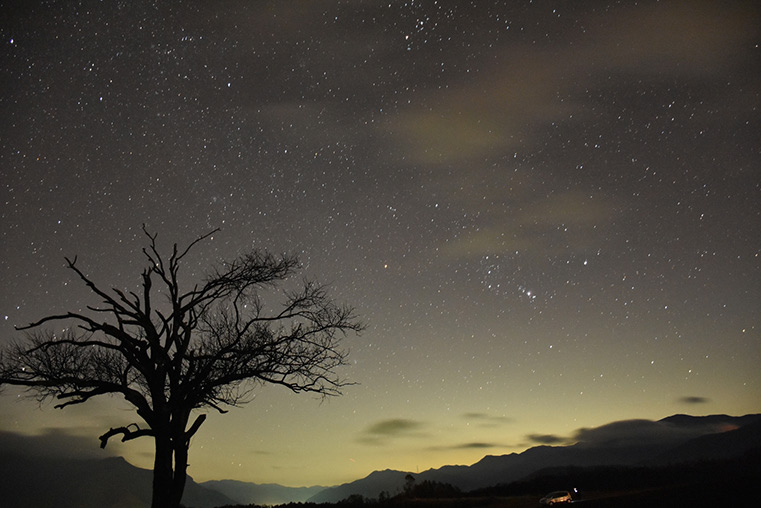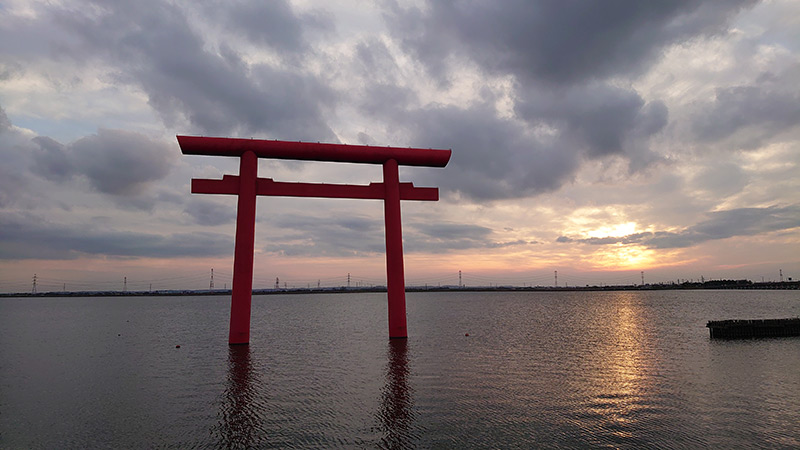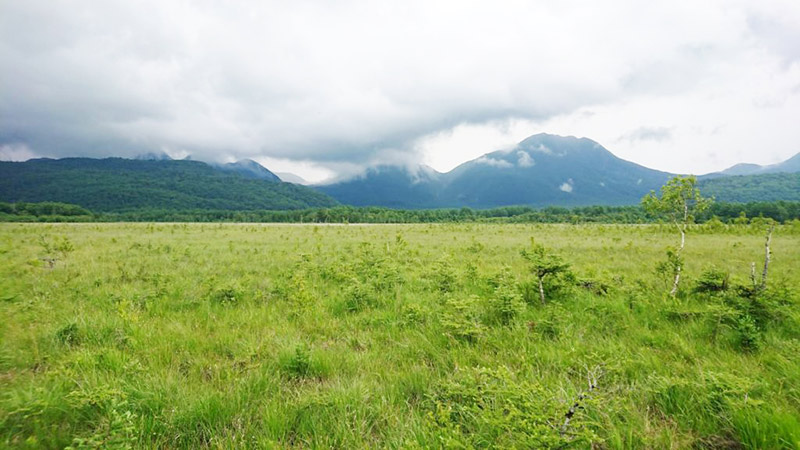6 Mysterious customs and traditions in Japan
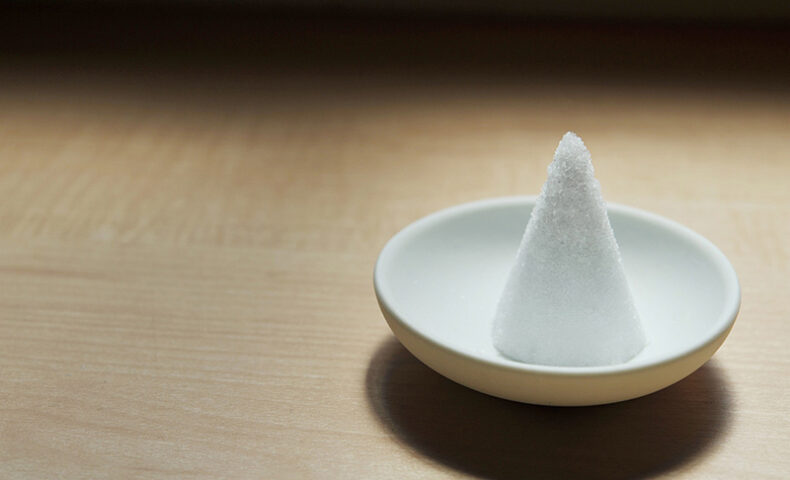
In Japan, there is a lot of a custom and traditional event that even Japanese don’t know in each region.
However, It might seem, and feel to be very curious, and mysterious for foreigners to be different cultures, regions, and so on.
Therefore, I will introduce about 6 mysterious customs that has gone on from a distant past in Japan this time.
Table of Content
- Bon Odori Festival in Obon season
- You can participate in Bon Festival
- A Mysterious Object Shoryouma
- ” Mori Shio” salt in a house
- Modern use of Morishio
- A Small Japanese Torii in a Town
- Jizo – small Buddism sculpture around Japan
- Frog object in Japan
- A place where set Frog object
- Conclusion of Japanese customs and traditions
Bon Odori Festival in Obon season
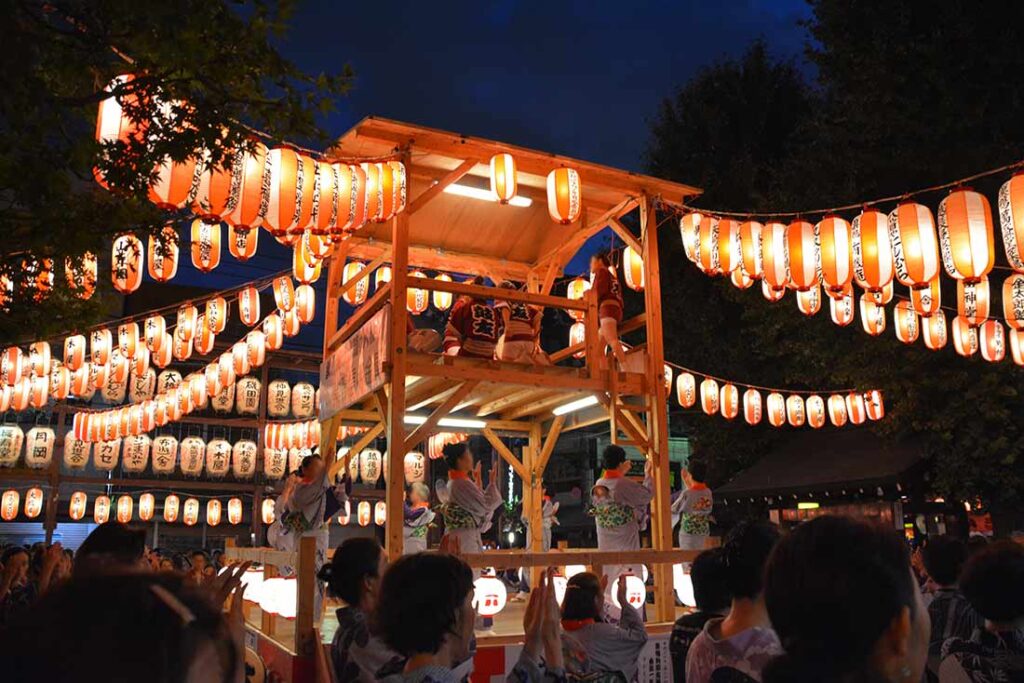
Bon Odori is a Japanese traditional dance for the festival in the Obon season that has been assigned for a public holiday in summer.
Old Japanese people believed that their ancestors come back around 15th in July (Now, it was changed in August).
So, they hold a memorial service for a dead person and ancestors by dance during the festival.
Some people slowly dance around the tower called Yagura with a conventional sound to play and express pleasure for a dead person who got free from hell.
Interestingly, Obon had already existed in the 8th century, but the origin of the event is undissolved accurately even now.
You can participate in Bon Festival
A format of the event is slightly different from a region, but if you are interested in the event, you can join to feel free.
For example, you can just eat food at stalls, see fireworks, and so on.
However, a lot of Japanese people tend to come back to their hometown during this holiday so, traffic jams usually occur at the start and, end of Obon.
Consequently, if you are apart from Tokyo this season by car, check traffic information carefully.
A Mysterious Object Shoryouma
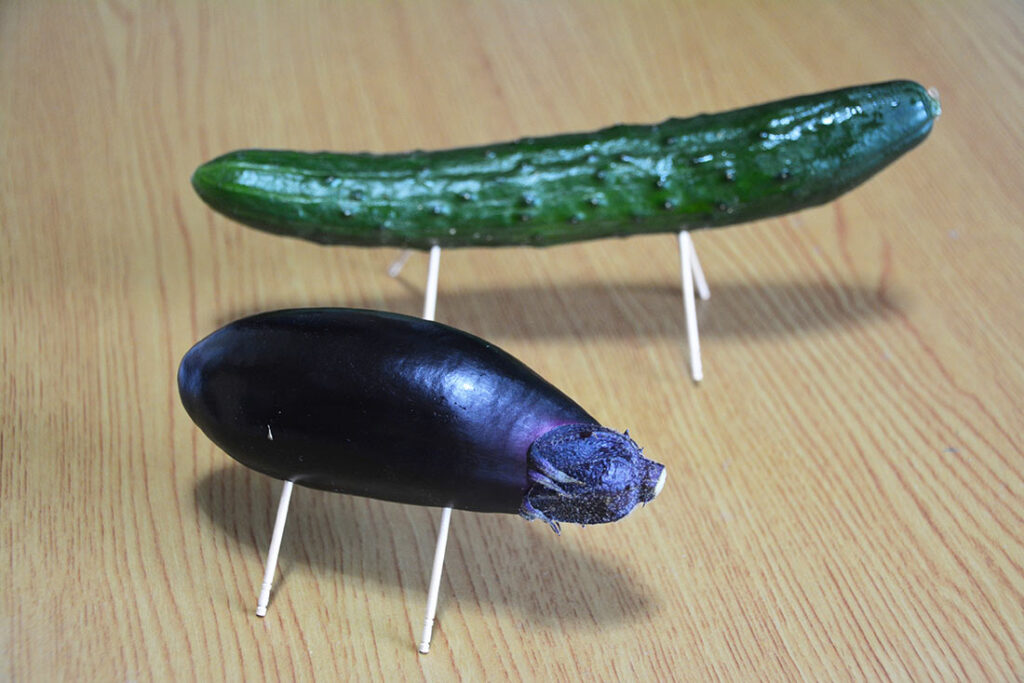
You may have seen this curious object called Shoryouma (mean Sprit of Horse).
It is often seen in the Obon season and has several meanings.
A model of cow and horse are made by cucumber and eggplant with short chopsticks. Basically, the meaning of the objects is to welcome and see off their ancestors.
The horse’s speedy image indicates that their ancestor’s souls come back home this world quickly from the afterlife.
On the other hand, a model of a cow made of cucumber is associate with an image of slow-moving.
Consequently, it represents that their ancestors slowly go back to the afterlife at the end of Obon.
As a side note, these objects stand for another meaning that their ancestors bring back the harvest in a year. So, If you encounter these objects, please don’t destroy.
” Mori Shio” salt in a house
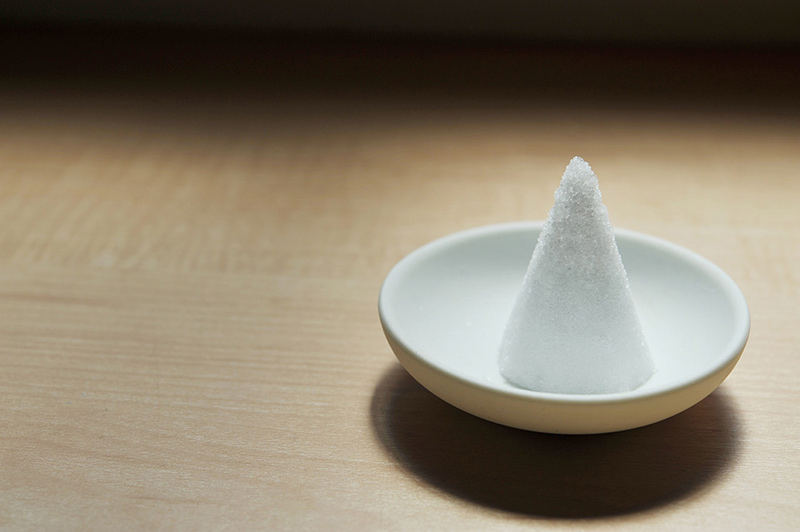
You might have encountered a curious scene like this.
This is called “Morishio” which means piling up salt in English.
In Japan, it has used to take bad luck away from the house by the natural power of setting salt inside the house. Traditionally, salt was a very precious, and sacred thing related to death at past Japan.
For example, some Japanese people use salt to clean their condition by scattering it after the funeral even now.
As an anther example, it is said that old Japanese people used to utilize salt for dead people to put off decay, and prevent an epidemic from it in the distant past.
Modern use of Morishio
In modern times, we can get salt easily, so an ordinarily household also utilizes it sometimes to drive bad luck away from their house.
Interestingly, it is usually set for mysterious shapes such as a cone, triangle pyramid, and octagonal pyramid.
For instance, it is said that an octagonal shape like a pyramid indicates an eight direction like a compass. A number of eight is thought as a very good number and traditionally stands for pulling good luck as well in Japan.
As a result, that shape often used to built Morishio by salt to take bad luck away.
A Small Japanese Torii in a Town
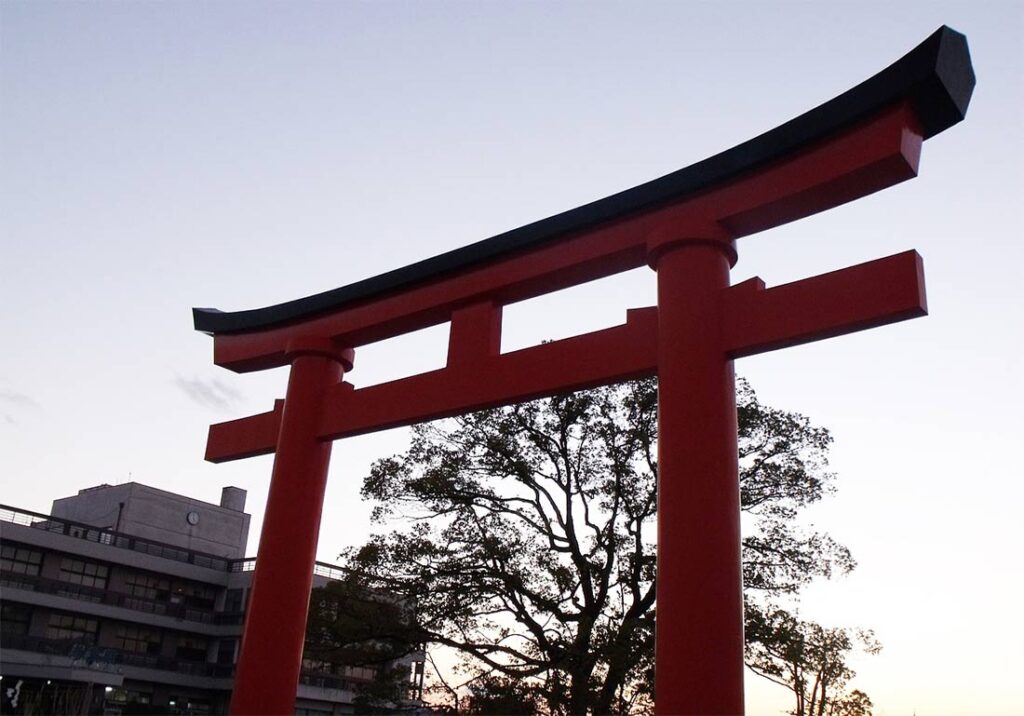
Torii is often seen in a shrine, and one of the traditional architecture related to a Japanese religion called Shinto.
This arched object is traditionally considered as a gate for god’s area in Japan.
The most famous sightseeing spot of it would be Senbon Torii where is located in Kyoto, and you can go through many small Toriis.
However, small Torii is sometimes seen in a town, not a shrine. For instance, a small Torri is occasionally set next to the tunnel, parking, load, and so on.
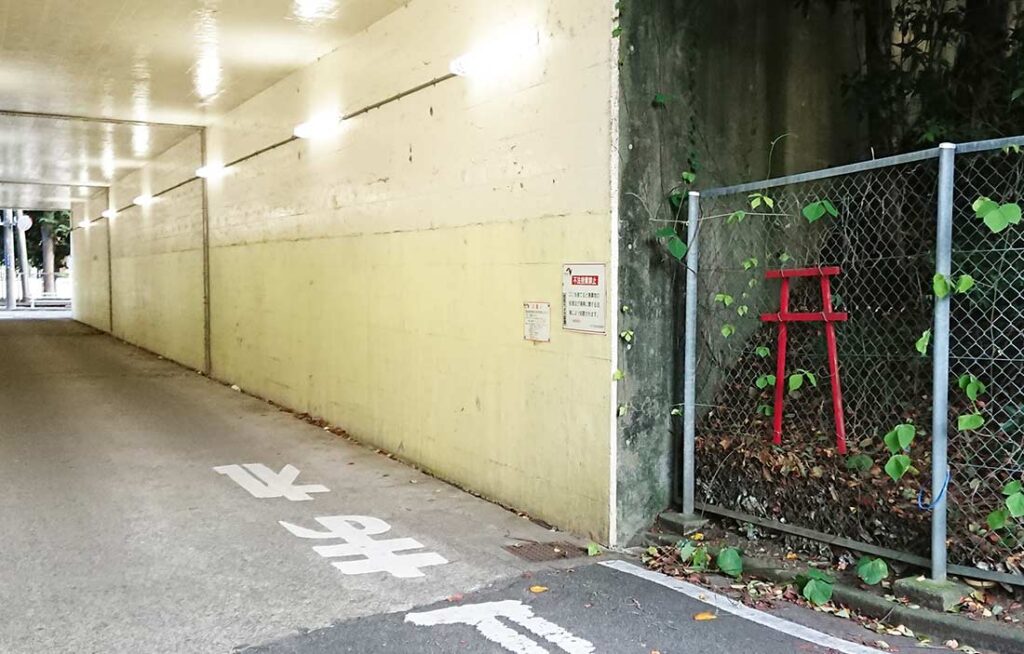
The scenery is very curious, but setting a small Torii, in this case, indicates as a caution to prevent illegal dumping, urge picking up after the dog, and so on.
As I mentioned, Torii is especially relevant to the shrine, and religious elements that gave an impact on our nation, culture, lifestyle in the past. So, Japanese people have potentially recognized that Torii, and around its area are very sacred.
As a result, setting small Torii like this case is thought to head off the illegal dumping by the physiological effect.
Jizo – small Buddism sculpture around Japan
Jizo is the Buddhism sculpture and believed that it helps out people from their suffering and leads them to the right way instead of a god.
In Buddhism belief, it is said that after the god called Gautama Buddha (Japanese name is Shaka) dead, the next buddhism god called Maitreya (Miroku Bosatsu) will appear 52 billion 7 thousand years later and help people as well as Gautama Buddha.

During that time, Jizo plays a rule as an alternate god that succeed a buddhism teaching and succor us from suffering until Gautama Buddha shows up in the future.
In Japan, Jizo sculpture can be seen everywhere such as a temple, tomb, mountain, sometimes an ordinal road, and so on due to the background.
So, It indicates that Buddhism had been associated with Japanese life and religious thought in Japanese for a long time ago.
If you are interested in related sites of Jizo sculpture or Buddhism, the below articles should be checked as well.
Mt. Nokogiri | 8 tourist attractions with historical background
Mt. Oyama | Tourist attractions and a religious background
Frog object in Japan
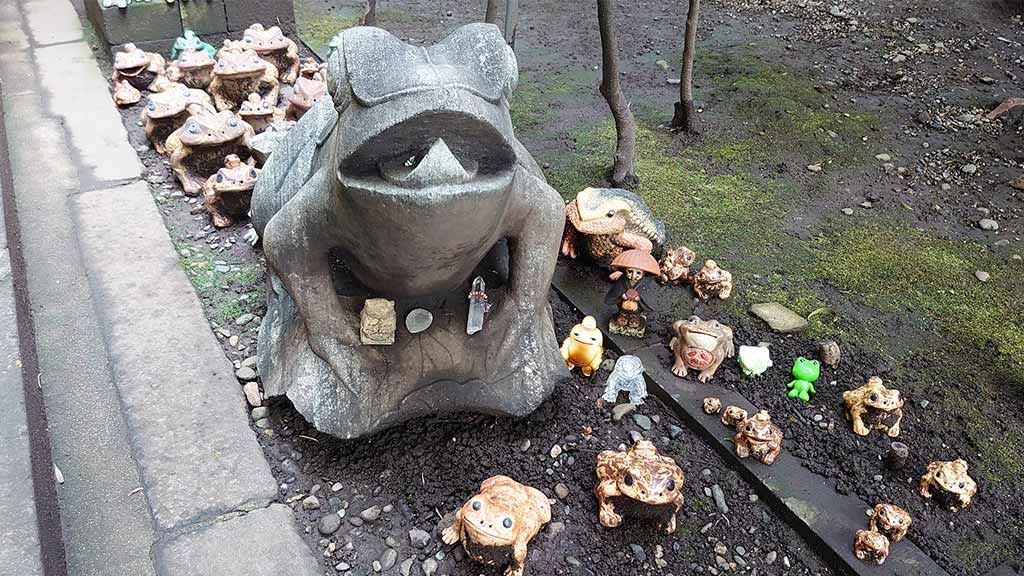
When you look over carefully for traditional sites like a shrine, a frog object can be seen.
In Japan, a frog is called Kaeru, and its pronunciation is used for the same or part of a verb phrase like “going back” “can buy” “rejuvenate” “welcome” and so on as a positive word.
Consequently, a frog and it’s the Japanese pronunciation of Kaeru is known for very fortune thing.
A place where set Frog object
A frog object is put down at a lot of conventional spots because of those good meanings as I mentioned (a frog object can be seen in general household sometimes).
For example, Masakado-Zuka which is a tomb for the historian of Japanese Samurai also shows a unique frog object and quartz.
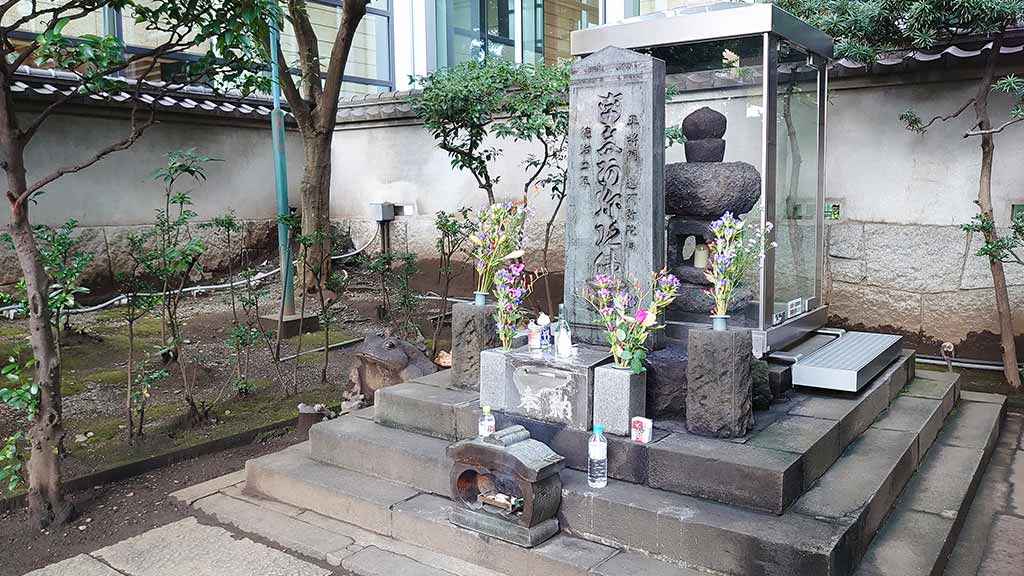
As I introduced another article, this mound was known as a site that has a strong curse for the person and caused some disaster around this area by a horrible background in past Japan.
Masakado-Zuka | The most horrifying Place and legend in Tokyo
Anyway, If you have a chance to visit a conventional site, please try to look for a frog object, and it might give you a fortune.
Conclusion of Japanese customs and traditions
As you notice by reading this article, interesting customs, and mysteries are hidden everywhere in Japan.
So, if you are fascinated by these topics or stories, please check other articles on the site.
